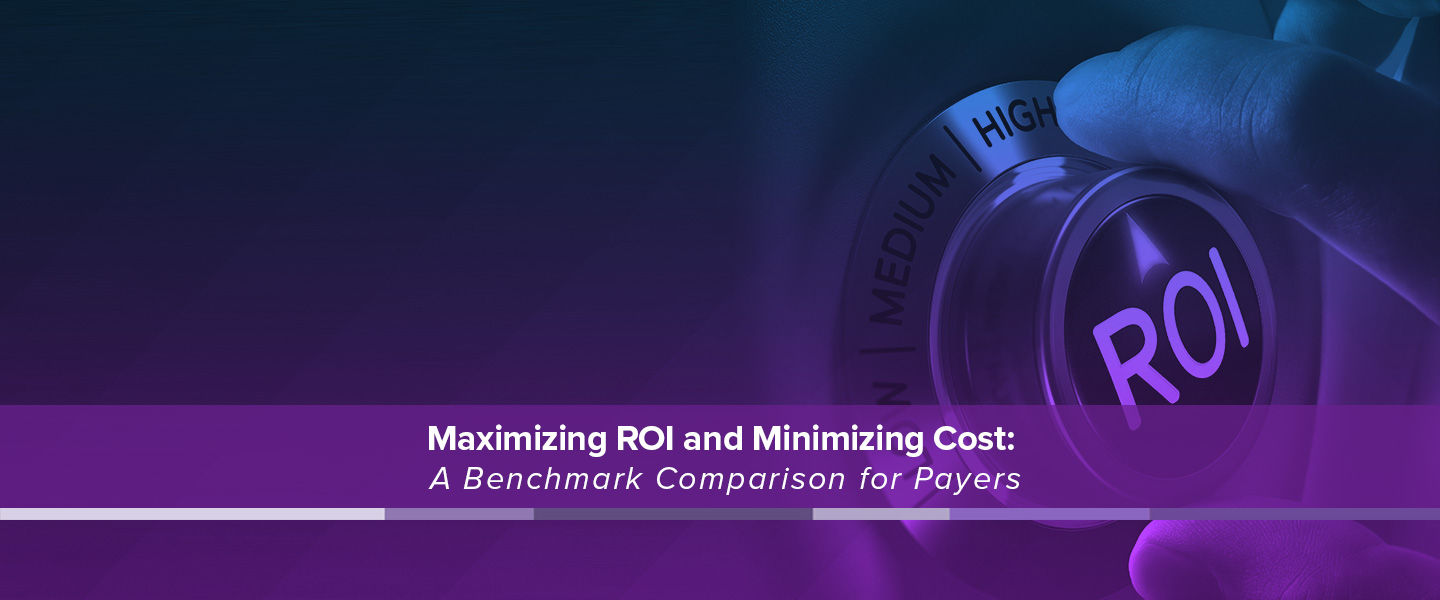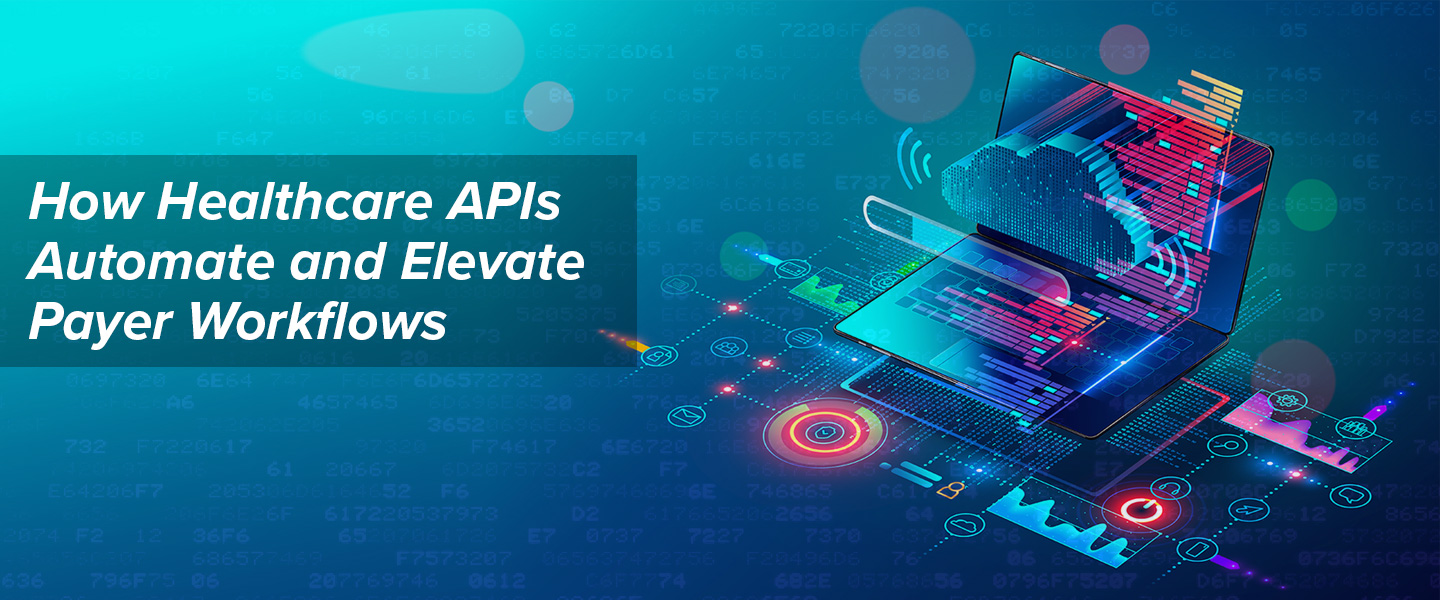As healthcare evolves, payers and providers need new and improved tools for sharing information in a faster, easier, and more accurate and secure manner. This is important when it comes to the medical billing process, especially when dealing with the verification of benefits, membership, and insurance coverage, such as copayments and deductibles. As value-based reimbursement evolves, health plans and providers must work closely together to align their cost and quality objectives as providers take on increasing risk, such as not getting paid back or having patients choose different treatment plans based on reimbursement requirements.
Strong payer-provider relationships are crucial for effective, efficient patient care with optimal outcomes. The complexity of today’s healthcare landscape has made communication between these two crucial parties slower and more costly than necessary. The inability to communicate complex, multi-tiered plan benefit design information to provider offices is one of the key reasons why health plans experience such a high call volume. According to the CAQH Efficiency Index, this high-volume transaction translates into an average of 25 eligibility and benefits verifications per member every year. Coupled with the fact that the estimated savings opportunity for automating the eligibility and benefits workflow is upwards of $4 billion every year, there has never been a greater need to streamline the verification of benefits to reduce costs and allow for more seamless information exchange and communication. Leaning on new tools and technology will be key in this process.
With over 1,000 payers in the U.S. healthcare system, providers and their staff dedicate a significant portion of their day to navigating billing and insurance-related functions, such as surfing individual payer portals, interpreting claim information, pursuing authorizations, and tracking payments. Much of this activity is conducted through antiquated manual processes that often involve repetitive phone calls, filling out verification of benefits forms, faxing, and chasing information to close a case. This can contribute to a number of issues like physician exhaustion or increased errors in paperwork.
Two focus areas that are crucial yet can take up a large amount of time when not supported by technology are the verification of insurance coverage and the verification of benefits. It is important to understand the difference between these two activities. When a provider is verifying coverage, they are simply looking to see whether a patient has an active policy with the insurance company. When verifying benefits, however, the provider is checking to see if that patient has coverage for specific procedures or services being rendered. Both verification processes are even more complex today as knowledge, resources, and technology continue to increase. Because carriers are continuously reevaluating and adjusting criteria and eligibility for their plans, it can be incredibly difficult for providers to keep up with these changes, and thus avoid administrative and billing errors. The verification of benefits can be a grueling manual process that proves difficult to do quickly and accurately, especially with the large and changing pool of information in today’s world.
When verifying benefits, there are a few different avenues that providers can take. The first is online. Typically, insurance companies have their own portal that providers can use for verification. The problem? No two payer systems are alike, meaning that billing administrators are tasked with learning the nuances of hundreds of protocols for individual portals. Another way to verify benefits is by calling health plans directly, which often involves a verification of eligibility and benefits form, extended amounts of time spent on-hold, and endless transfers. The final way is to outsource the verification to a third-party whose expertise with this particular part of the billing process can be quite expensive. Now having reviewed all the traditional processes around the verification of benefits, next-generation technology and innovation are needed to keep these types of processes and communication efficient and effective.
With NaviNet Open, providers and payers have access to a secure, multi-payer web portal based in the cloud that lets them exchange vital administrative and clinical information in near real-time. Through user-friendly dashboards, customizable frameworks, and the rapid configuration and implementation of plan-specific criteria, the NaviNet Open Eligibility and Benefits application allows health plans to improve communications and engagement with their provider networks. It reduces health plan and provider workflow complexity, ultimately simplifying the verification of benefits.
When the exchange of information between health plans and providers is a slow, manual, and tedious process, care quality suffers, provider and member satisfaction decline, and health plans miss meaningful reimbursement opportunities. The NaviNet Open Document Exchange lets health plans and providers upload supporting documentation and share risk adjustment information, quality measurement data as well as performance reports, thereby providing near real-time access to critical information at the point of care.
Together, these tools help all parties achieve substantial savings by providing immediate, accurate eligibility and benefit information to provider offices and removing administrative and clinical information silos for payers. By simplifying the verification of benefits, phone calls, and faxes to health plans decrease dramatically, productivity increases, and costs are slashed. At NantHealth, we strive to offer unparalleled technology that reinforces an increasingly strong collaboration between health plans and providers, ultimately for simplified workflows and optimized patient outcomes.







